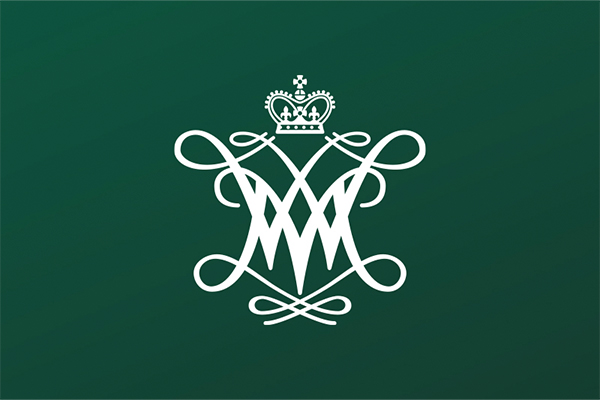
In the News








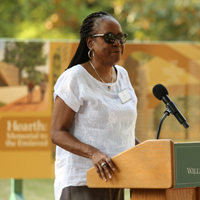
Titled “Hearth: Memorial to the Enslaved,” the brick structure will resemble a fireplace and will feature the names of people who are known to have been enslaved by the university.
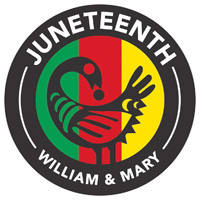
William & Mary will join Colonial Williamsburg and other partners including the City of Williamsburg and the Let Freedom Ring Foundation to commemorate Juneteenth with a series of special events beginning on June 19 – the date in 1865 when U.S. forces announced emancipation in Texas and ended slavery in the United States.
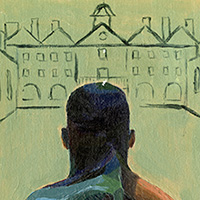
The names of those who were enslaved by William & Mary slowly have been emerging during the past decade. This academic year, artists at the university have added faces, hands and other textured marks of belonging and humanity.
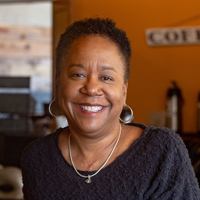
Jody Allen, assistant professor of history at William & Mary and director of the Lemon Project, was recently appointed by Virginia Gov. Ralph Northam to the Commission to Study Slavery and Subsequent De Jure and De Facto Racial and Economic Discrimination.
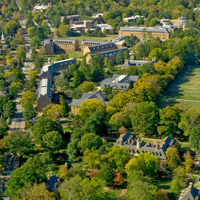
William & Mary’s Working Group on the Principles of Naming and Renaming (PNR) this week presented its final report to President Katherine A. Rowe, who accepted it during the Board of Visitors meeting Thursday in the Alumni House.
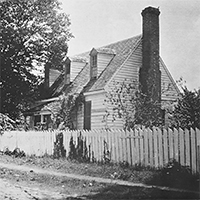
A small white building that sits tucked away on the William & Mary campus once held an 18th-century school dedicated to the religious education of enslaved and free Black children, researchers have determined.
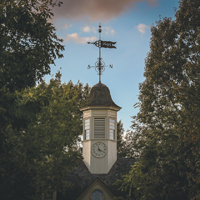
William & Mary’s Board of Visitors today adopted a set of principles and imperatives for the naming and renaming of structures and spaces on campus.

A finalized design concept for the Memorial to the African Americans Enslaved by William & Mary was presented to the Board of Visitors Tuesday.
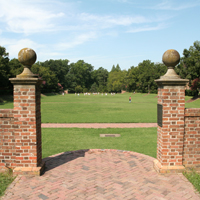
William & Mary’s Principles of Naming and Renaming Working Group is seeking feedback on design imperatives and principles it has drafted around the naming and renaming of buildings, spaces and structures on campus.
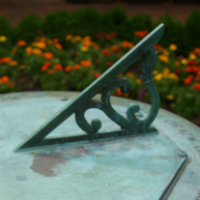
During a virtual meeting July 15, William & Mary administrators, faculty, students and staff updated the Board of Visitors executive committee on the university’s financial position, inclusion and equity efforts and plans for fall.

A working group of administrators, alumni, students, faculty and staff will develop principles on the naming and renaming of buildings, spaces and structures at William & Mary.

William & Mary community members from near and far joined together in a virtual candlelight vigil Tuesday evening.

For the fifth time since 2014, William & Mary was recognized as one of the Most Promising Places to Work in Student Affairs in 2020 by Diverse: Issues in Higher Education.
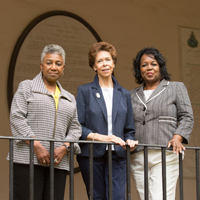
William & Mary’s 10th annual Lemon Project Spring Symposium will center on the theme of “When and Where They Enter: Four Centuries of Black Women in America.”
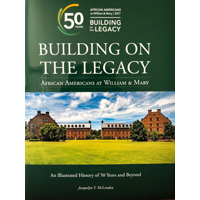
“Building on the Legacy: African Americans at William & Mary,” an illustrated history, was written by Jacquelyn McLendon, professor of English, emerita, and was released this month.
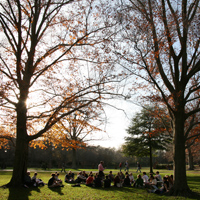
William & Mary is taking a university-wide approach to diversity and inclusion following task force reports by each of its five schools: Arts & Sciences, the W&M School of Education, W&M Law School, the Raymond A. Mason School of Business and the Virginia Institute of Marine Science.
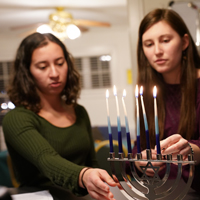
For the second consecutive year, William & Mary has been selected to receive a Higher Education Excellence in Diversity Award from INSIGHT Into Diversity magazine.
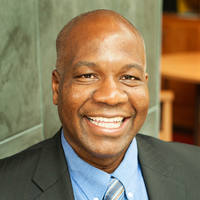
W&M News recently talked with Robert Trent Vinson, Frances L. and Edwin L. Cummings Professor of History and Africana Studies, about 1619, its significance and its part in the upcoming ASWAD conference.
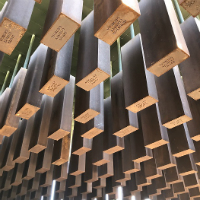
Titled “Honestly Remembering Together,” the Study Away course encouraged students to draw connections between the legacy of extra-legal violence (like terror lynchings) in the United States and modern-day capital punishment.

A small African-American community has existed less than 10 miles from the president's former plantation for generations. Only recently has the full extent of their relationship been revealed.
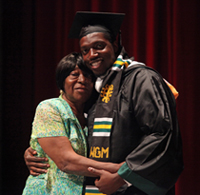
Lemon Project Director Jody Allen discusses the history of the project, its accomplishments and its goals for the future.
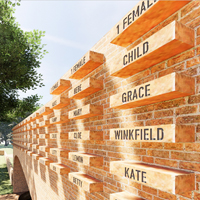
A concept has been selected for the Memorial to African Americans Enslaved by William & Mary, President Katherine A. Rowe told the university’s Board of Visitors today.

William & Mary will build a memorial to people who were enslaved at the institution, one designed to evoke a hearth and serve as a gathering spot for students, faculty and community members as they reflect on the past.
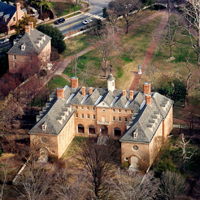
A competition is being launched today to solicit conceptual ideas for a Memorial to African-Americans Enslaved by William & Mary.
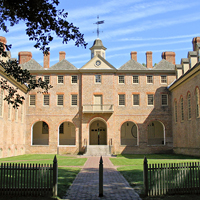
As the long-term Lemon Project effort prepares for the next chapter, a Board of Visitors resolution apologizes for W&M’s history of owning slaves and racial discrimination.
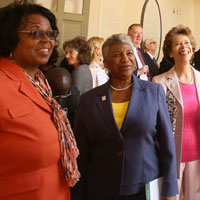
Two plaques, one honoring African-Americans and the other recognizing women, were unveiled and dedicated Thursday afternoon during a ceremony held at what many consider the most important building on campus.
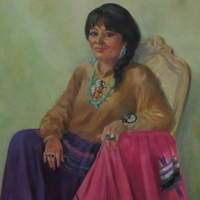
Danielle Moretti-Langholtz recently discussed what federal recognition might mean for members of Virginia tribes and for William & Mary’s American Indian Resource Center (AIRC).
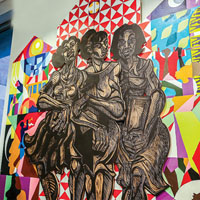
Commemorating 50 years of African-Americans in residence
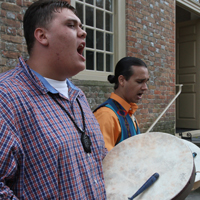
A new minor in native studies officially began with the opening of the spring semester.
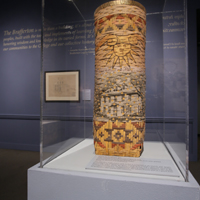
An exhibition at the Muscarelle Museum of Art explores the founding, funding and legacy of the Brafferton, W&M’s second-oldest building.
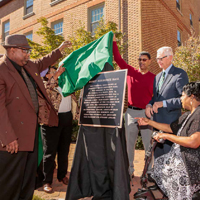
Lemon and Hardy Halls were dedicated on Saturday.

W&M faculty members discussed the College's history, from slavery to Jim Crow, during the "Created Equal: Slavery by Another Name" event Nov. 6.
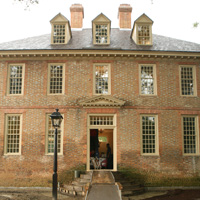
The Brafferton, part of William & Mary's Historic Campus, has undergone a complete renewal.

The William & Mary community honored students of the Brafferton Indian School, housed at the College from 1723 until the Indian School was discontinued at the time of the Revolutionary War, with a special ceremony April 30.
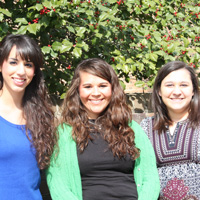
Students and faculty members from across the state will meet with Virginia Indian tribal representatives at William & Mary's School of Education Feb. 18-20 for the Virginia Indian Nations Summit on Higher Education.
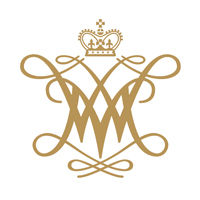
William & Mary will explore its own past involvement with slavery and the complexities of race relations from the end of the Civil War to date.














